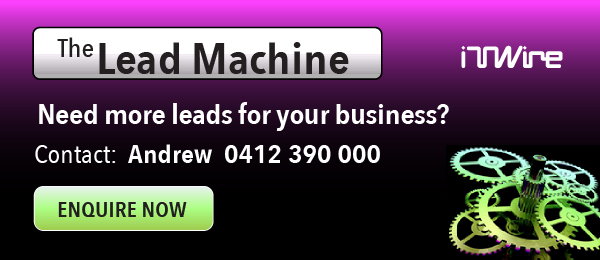Enterprise AI is set to blend business strategy with advanced technology, driving continuous transformation across organisations. By combining AI tools like gen AI, machine learning, and robotic process automation (RPA) with orchestration, enterprise AI optimises operations, boosts productivity, and upholds high standards of quality, security, and governance. This approach enables businesses to apply gen AI strategically across their operations, maximising its potential impact.
As we look ahead in 2025, companies investing in enterprise AI will benefit not only from gen AI but from a comprehensive suite of AI tools purpose-built to reshape the workplace. With enterprise AI as a true vehicle for realising the promise of gen AI, we anticipate four major trends that will define how industries leverage AI to meet future demands.
Welcome to workplace 5.0
Workplace 5.0 takes the era of automation further, emphasizing and strengthening the collaborations between humans and technology. Industry 5.0 is where humans, AI, robotics and digital-integrated activity combine.
Central to this is orchestration: with business process management (BPM) and other tools, organisations can integrate human and digital workflows end-to-end. The key to successful operations is no longer simply orchestrating human work but integrating work as a whole. This will bring together workflows, inputs, outputs and the resources that drive the work, humans, gen AI and enterprise agents to create a smarter, more collaborative, engaging and productive work environment.
Enterprise AI will allow us to move on from the individual efficiency gains we have seen through the likes of ChatGPT, to a grown-up implementation of gen AI where leaders have the opportunity to revolutionise the end-to-end processes on a large scale. This shift will lead to more human-centric work, making enterprises more creative, adaptive and customer-focused.
Human-centric collaboration with enterprise AI agents
The next evolution of gen AI’s integration with the enterprise is to make interactions feel more lifelike. This will be achieved through experiential interfaces, enabling humans to communicate with enterprise agents in natural language. We’ll see this manifest in the form of copilot-like interfaces, which are posed to dramatically enhance productivity, drive innovation and transform industries such as healthcare, manufacturing and financial services.
While AI agents are not new, 2025 will mark the rise in more advanced business agents with specialized knowledge on specific industries. These enterprise agents are not meant to replace human workers, but rather to function as coworkers that support and enhance performance. They will autonomously handle delegated tasks, continuously learning and improving through agentic AI.
Previously, these tools required coding and a structured approach to building applications. Now, gen AI has leveled the playing field, allowing people to turn their ideas into reality through natural language prompts.
Upskilling employees to make the most of enterprise AI agents
While natural language prompts turn employees into a form of citizen developers, organisations should invest in training for the entire team to really get the most out of enterprise AI. Like any new tool or piece of software, teams will need guidance to fully understand how enterprise AI can help them in their day-to-day role and which tasks can be augmented most successfully.
Because AI is rooted in data, a critical piece in the training puzzle is data literacy. This doesn’t mean that every employee needs to know data analysis and manipulation techniques, enterprise agents can do that autonomously.
However, employees need to have a basic knowledge in validating and interpreting data, for two reasons. First is to ensure they provide AI-ready data aligned with the use case requirements to ensure best results. Second, is to check the data for bias and errors, to ensure the work from enterprise agents is fully accurate.
Mitigating risks with enterprise AI governance
As generative AI tools advance quickly, there’s growing concern about their potential to create privacy, security and ethical risks. With the possible consequences of a rogue agent (rogue AI) such as business/supply chain disruption, reputational damages and customer loss, it’s worth considering these concerns.
To navigate this, organizations will need enterprise-grade guardrails, succinct integrations of gen AI into critical workflows and a robust AI governance model that prioritizes transparency, documentation, and bias prevention. This ensures AI solutions enhance, not jeopardize, the business.
Enterprise AI: turning potential into impact
Enterprise AI will be the game-changer for organisations ready to get the most out of generative AI, applied strategically and effectively across their entire operations. In Australia, we’re seeing the financial services make great strides in this regard – using enterprise AI to speed up vital processes such as processing applications and producing statements.
As we look ahead in 2025, companies that embrace enterprise AI will gain unparalleled access to gen AI’s benefits—not just in isolated applications, but through integrated processes combining RPA, orchestration, machine learning, and more. This convergence will enable organisations to turn the potential of gen AI into tangible results, achieving the scale and impact that early AI applications only hinted at. The era of delivering on AI’s promise across the enterprise has arrived.








































